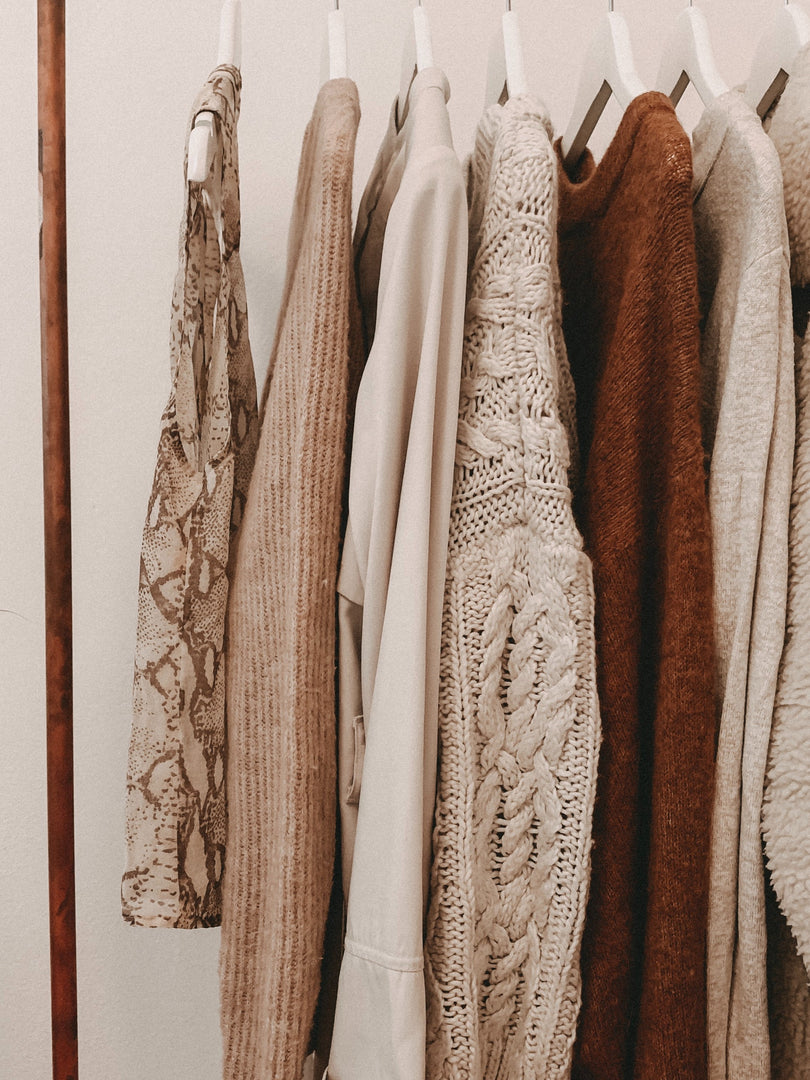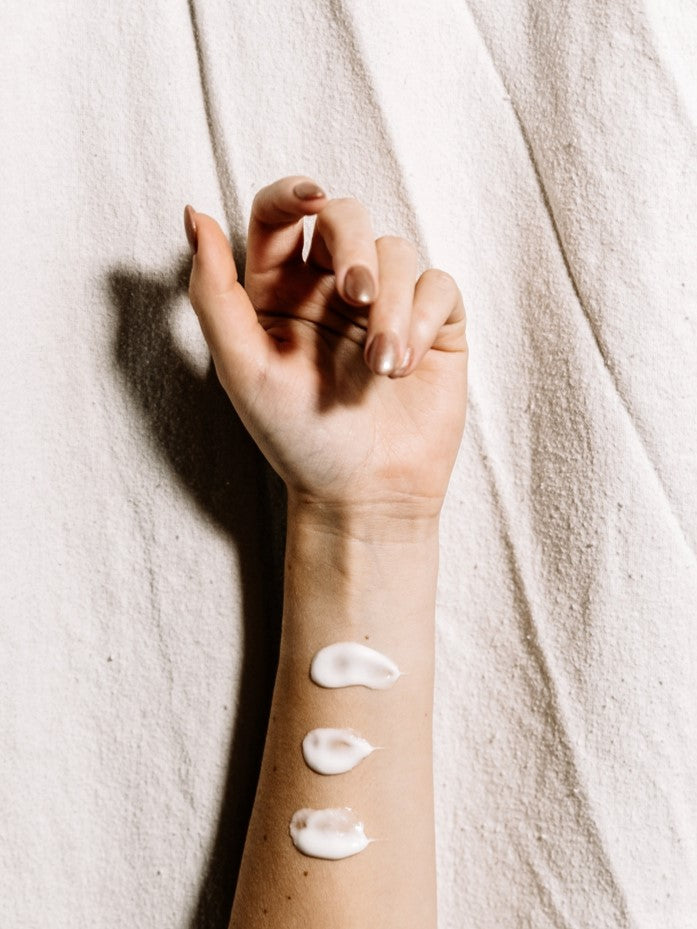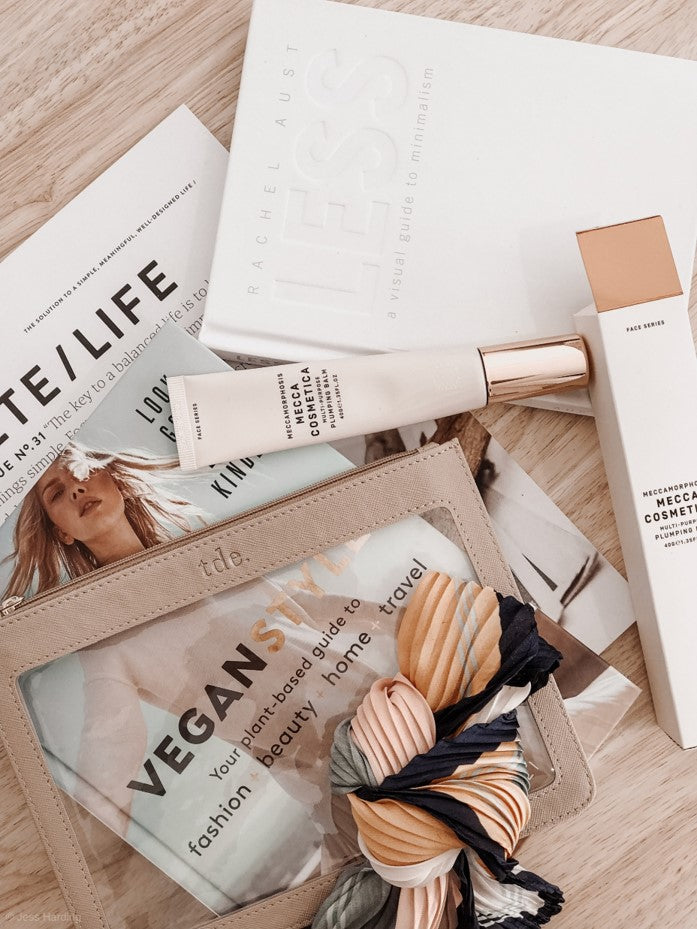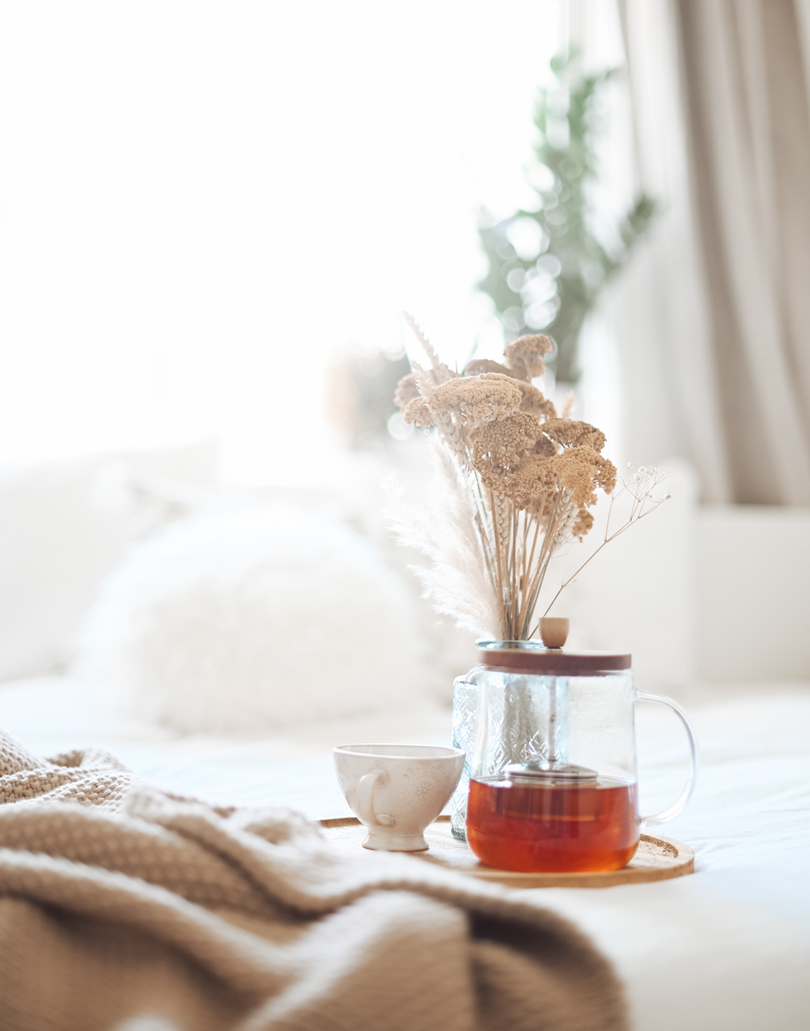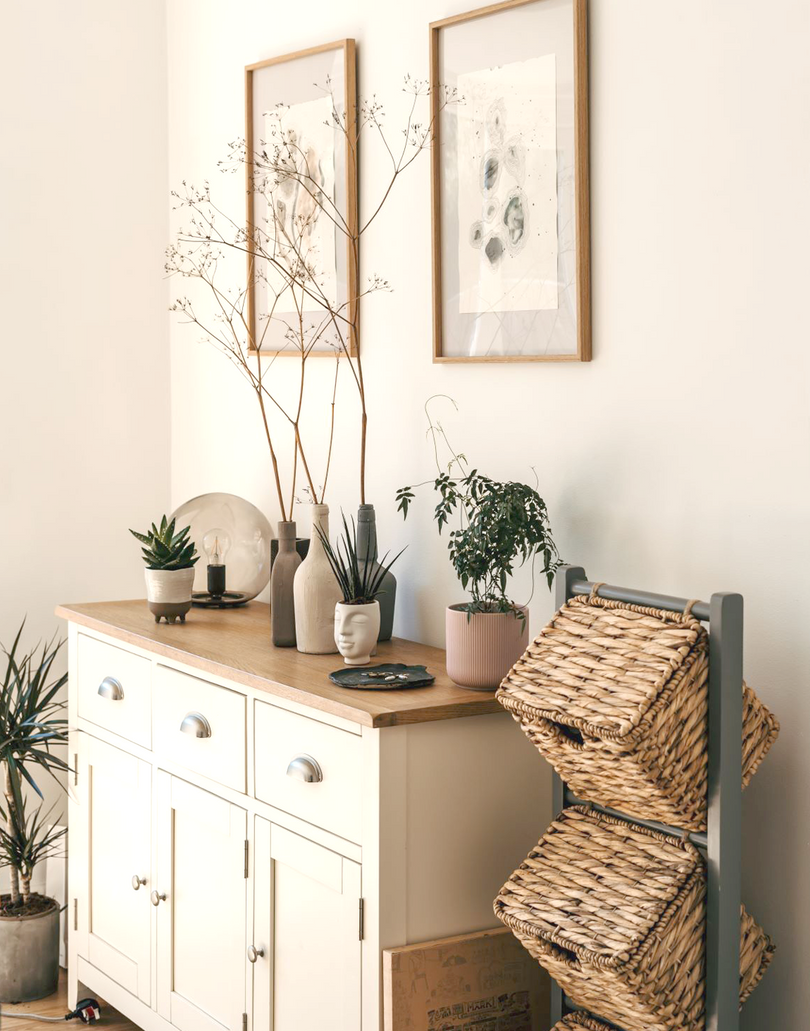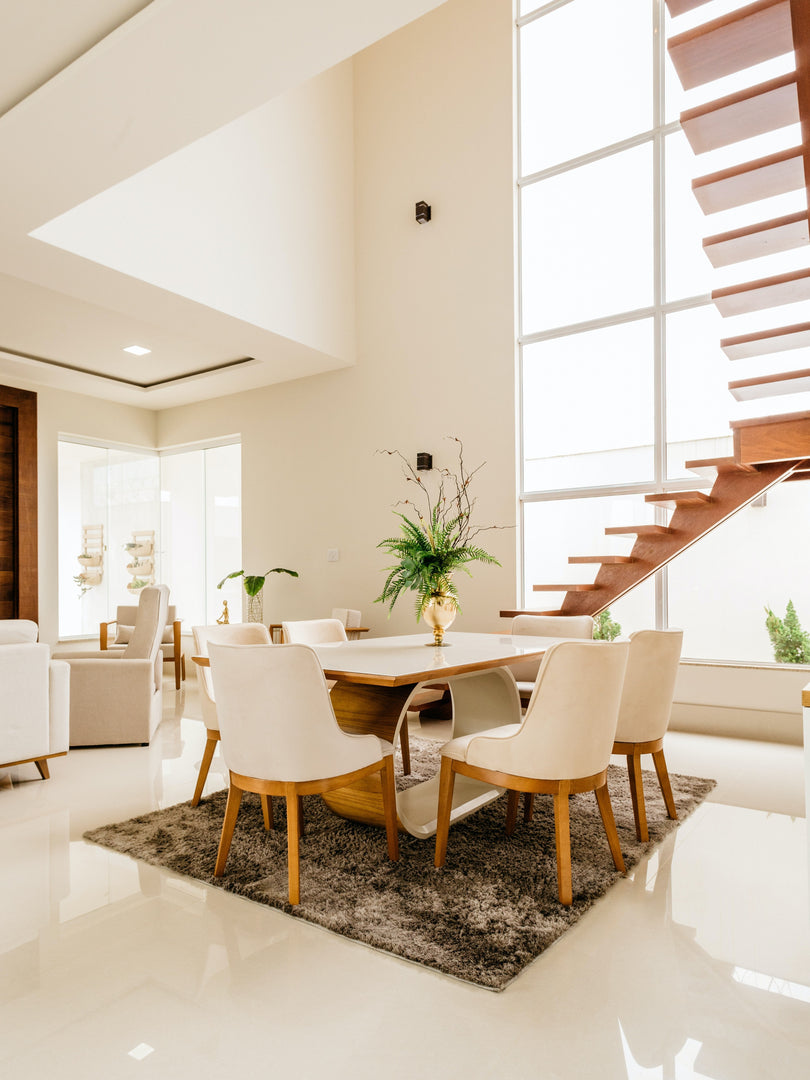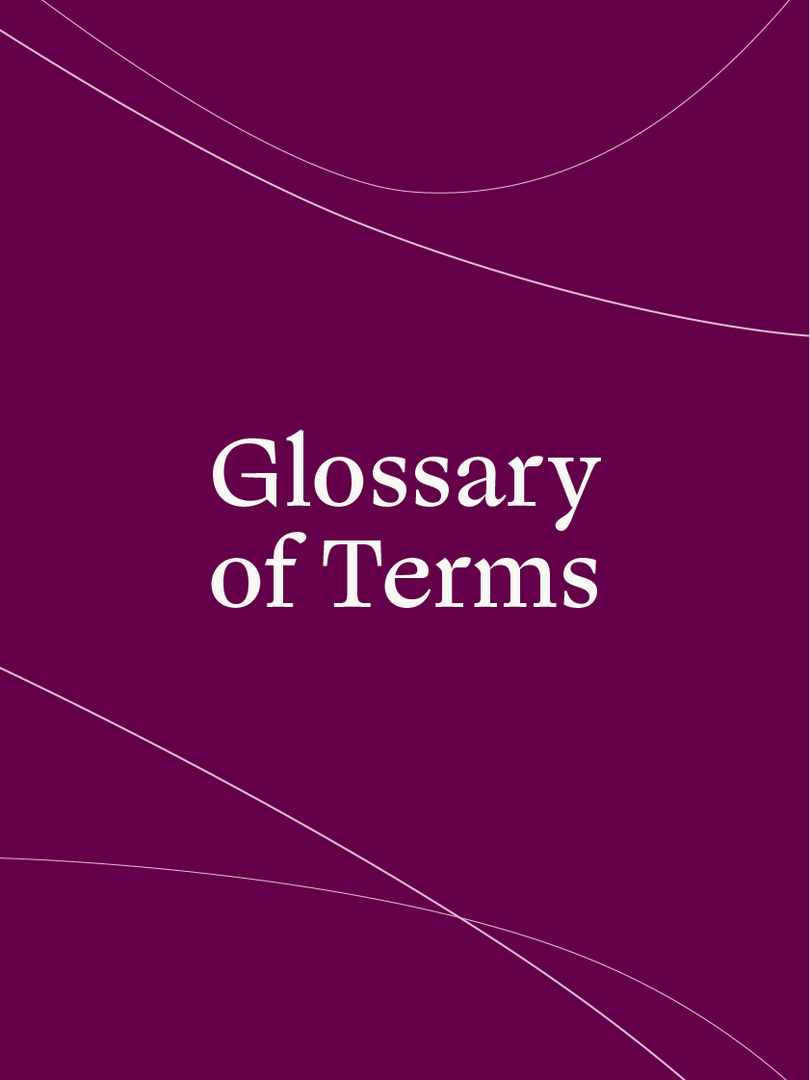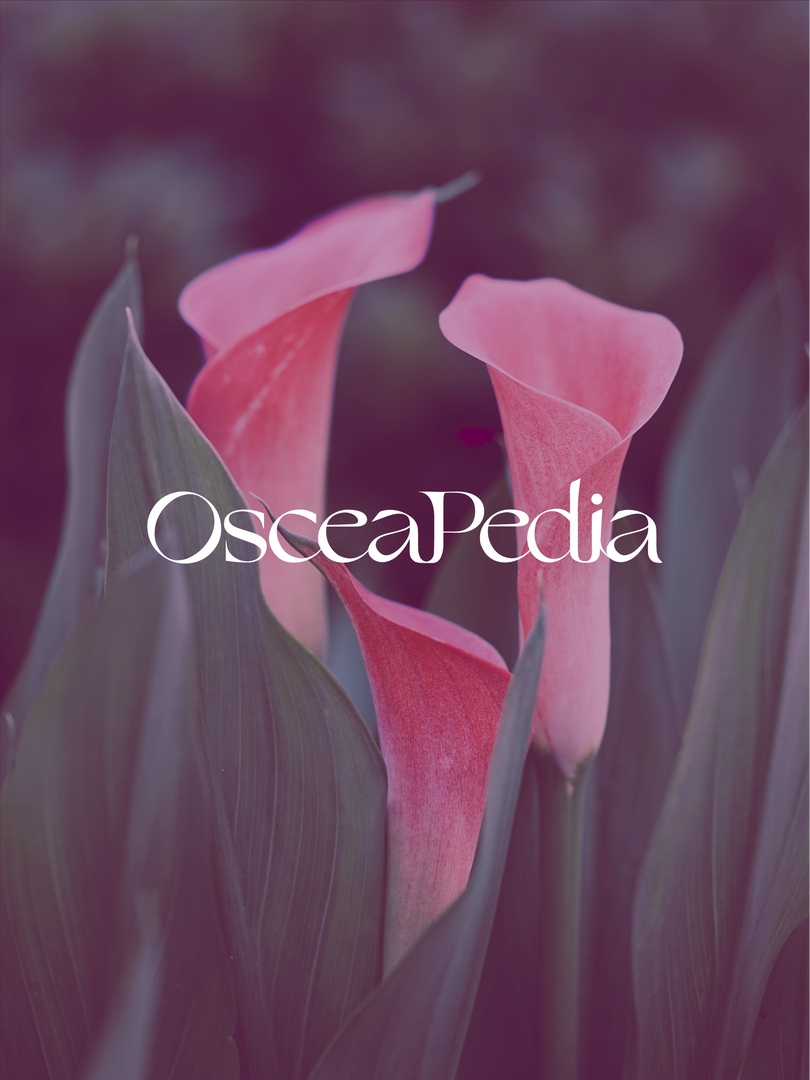While shopping for furniture and other home goods, you have probably come across products advertising their sustainability certifications. These sustainability certifications are voluntary norms and standards relating too environmental, social, ethical, and safety issues. They help us as consumers know how rigorously products have been regulated and whether a company’s sustainability claims are legitimate. All these certifications are voluntary. It is important to know which certifications to look for and what they mean when shopping for home products since most of the furniture is unsustainable, manufactured with highly toxic chemicals, and is not rigorously tested for safety measures. Sustainable and safe furniture exists, but it is a lot harder to find than one may think. These certifications make shopping for home goods easier, but only if you know what they really mean. Everyday furniture contains highly toxic levels of formaldehyde and harmful synthetic glues and paints. Upholstery and cushions are also typically high in toxin levels. That “new car” smell associated with furniture is a result of manufacturers using toxic solvent-based lacquers to finish or treat a product. These coatings emit volatile organic compounds (VOCs) like formaldehyde during manufacturing and throughout the life of the product. Formaldehyde is linked to respiratory issues, asthma, and even cancer. The Environmental Protection Agency, (EPA), reports that Americans, on average, spend 90 percent of their time indoors. Pollutants in indoor spaces can be five times denser than the outdoor air. This is caused due to chemical emissions from some of our regular household items like furniture and rugs. Understanding the different safety concerns with different materials and knowing what each of these sustainable certifications means, can help you more easily avoid unsafe, toxic products. Plenty of brands are creating safer, more sustainable furniture and are getting the certifications to prove it. Sustainable home goods are made to last, non-toxic, biodegradable, or recyclable and sustainably harvested and produced.
Solid Wood vs. Plywood vs. MDF wood
If you are buying a piece of furniture that contains wood, before even looking at the products certifications, you should take note of the type of wood they use. Different types of wood contain vastly different levels of formaldehyde and other toxins. This is mostly due to the level and type of glue used to manufacture the wood. The best option is solid wood whereas the worst option is MDF wood. Choose solid wood for your furniture whenever possible.
Wood types in order of best to worst.
- Solid wood- Solid wood has no added formaldehyde since no adhesives are added. It is naturally made and will not emit any toxic gases. Solid wood is the least toxic wood option.
- Plywood- Plywood is man-made layersman-made of wood glued together. The adhesive often contains formaldehyde but at a much lower level than MDF wood.
- MDF and Particle Wood- Both wood types are also man-made. To produce them, small pieces of wood are glued together. This glue often contains highly toxic levels of formaldehyde.
Don’t be fooled by Carb II Compliant and TSCA Title VI Compliant!

If you’ve ever reached out to a furniture brand asking about their products toxicity or certifications, their go-to response seems to always be “we are carb II compliant!” But don’t let them trick you! This compliance really doesn’t mean anything since it is a federal law and the bare minimum a company can do. The way brands market it is basically a form of greenwashing. Carb II compliant was created by the California Air Resources Board (CARB) to test for and indicate minimal levels of formaldehyde in composite wood products and finished goods. The standard applies to hardwood plywood, particleboard, and medium-density fiberboard. It prohibits the release of formaldehyde during the production of these wood products. All wood products sold in California must meet these standards for lower emissions and must be labeled as compliant. TSCA Title VI compliant is a more recent standard that is basically the federal version of Carb II compliant. All wood products sold in the US now must meet these federal standards for low formaldehyde emissions. It is pretty much the same standard, just a different label. The issue with both standards is that the amount of formaldehyde they allow is still significant. Since it is a federal standard, it is not very strictly regulated, and it is easy to gain compliance. Carb II and TSCA Title VI compliance allow for the following amount of formaldehyde:
- HWPW Plywood:.05ppm (parts per million)
- PB Particle Wood: .09ppm
- MDF: .11 ppm
Sustainability Certifications
Greenguard Gold

Greenguard Gold by UL Institute is the best certification to look for when buying home products. In comparison to Carb II which allows for up to .11ppm of formaldehyde, Greenguard Gold only allows for .0073ppm of formaldehyde. This is an extremely significantly lower amount. This certification limits more than 206 VOCs and chemicals. Greenguard has two tiers of certification- their normal Greenguard certification and the more stringent Greenguard Gold certification. Building materials, furniture, furnishings, electronic equipment, cleaning products, and medical devices can all be certified by Greenguard. To be certified, products are required to be kept in temperature and humidity and controlled chambers for one to two weeks to test emissions. This ensures that VOC emissions are lower than the allowed levels. Their normal certification follows emissions limits as specified by the EPA. It follows BIFMA standards and allows for 500 micrograms per cubic meter of total VOCs. Gold certification goes a step further by taking other health-based criteria into consideration. Gold has even lower VOC emissions levels, at only 220 micrograms per cubic meter, to make sure products are truly safe for children and people with preexisting health issues. The normal certification doesn’t measure for phthalates or flame retardants whereas gold does. The Gold certification was originally developed for schools and healthcare facilities and has now expanded to certify other consumer products but has kept the same stringent health codes that are necessary for places like schools. We recommend you always opt for Greenguard Gold.
Formaldehyde Free Validated by UL Institute

The same organization that certifies Greenguard products has another certification that goes a step further than Gold by not allowing any levels of formaldehyde. Products that gain the Formaldehyde Free certification do not contain any formaldehyde or formaldehyde precursors. The process involves auditing material inputs and testing chemical emissions from the product. Since this certification only tests for formaldehyde, companies seeking this certification must also maintain Greenguard Gold certification to ensure no other harmful chemicals are emitted into the air.
FSC Wood

The Forest Stewards Council (FSC) is an international non-profit organization that certifies wood that is sustainably harvested and avoids old-growth forests, pesticides, and chemicals. Instead of trying to eliminate the use of wood, they advocate for sensible and conscientious forest management practices that ensure access to products without causing significant damage to our forests. They have three different labels: FSC 100% (completely from FSC-certified well-managed forests), FSC Recycled (everything comes from recycled material), and FSC Mix (the product is from FSC-certified forests, recycled material, or controlled wood). FSC approves forests and retailers. FSC certification is one of the most common sustainability certifications used for home products.
Contact Grade
Contact grade compliance was originally intended for commercial purposes like restaurants, hospitals, or hotels. There are different federal compliance requirements for contract grade vs. residential furniture. Furniture that is contact grade has been designed with heavy use and safety guidelines in mind. Products must undergo durability, stability, and weight testing to meet the standards. For example, one of the tests for contact grade chairs involves a 300-pound weight free-falling onto the chair from 6 inches above. The chair only passes if it sustains no damage. Then a similar test is repeated 100,000 times using a 125-pound weight. These tests ensure that furniture in public spaces is safe for repeated use and all body types. If you're looking for furniture built with durable, sturdy construction, contact grade is a good certification to look for.
Oeko-Tex

Oeko-Tex is an international organization that tests for toxic substances. They certify organic and non-organic textiles including raw materials, fabrics, and ready-made goods like apparel, accessories, and home goods. They offer several different certifications but Standard 100 is the most common. Standard 100 certification tests for harmful substances across the entire supply chain from yarns to finished products. This certification requires low emissions of VOCs and formaldehyde in foam and bans specific chemical flame retardants, colorants, and allergenic dyes. Made in Green is another certification Oeko-Tex offers. This certification tests for harmful substances as well but also includes sustainable and socially responsible production. Oeko-Tex also offers another certification, the Leather Standard, which tests specifically for harmful substances in leather.
GOTS

The Global Organic Textile Standard, GOTS, is the leading textile certification for natural fibers. Any textile can be GOTS certified but they mainly focus on cotton, wool, and silk. GOTS covers the entire supply chain including fiber production, processing, manufacturing packaging, labeling, trading, and even distribution. Dyes and chemicals are highly regulated for toxicity and biodegradability. Other conditions of GOTS are that all wastewaters must be treated, packaging must not contain PVCs and labor must adhere to ILO, International Labor Organization, standards. GOTS offers two certifications- GOTS Organic and GOTS Made with Organic. To be GOTS Organic certified, materials must contain at least 95% certified organic fibers. For GOTS Made with Organic certification, materials must contain at least 70% certified organic fibers and the other percent should be mostly recycled synthetic fibers or regenerative fibers. Made with Organic certification allows for no more than 10% synthetic fibers. Look for GOTS Organic certification on any home goods that involve textiles like blankets, sheets, upholstery, or pillows.
Eco-Institut
Eco-Institut is a well-respected organization based in Germany that tests a variety of products for pollutants and emissions. They test buildings, flooring, mattresses, bedding furniture, and everyday items like toys and cell phones. They require extensive testing for chemical emissions that go beyond even the EU’s strict standards. First, they require third-party testing and if the product passes, it must then be diligently tested in their laboratories before receiving a label. They test for VOCs, persistent organic pollutants, heavy metals, pesticides, formaldehyde, and phthalates.
GOLS

GOLS, short for Global Organic Latex Standard, is a materials and processing standard that certifies productions made from organically grown latex. Our mattresses, pillows, mattress toppers, and other bedding products are often made with a significant amount of latex. When shopping for products for your bedroom, GOLS is an important certification to keep in mind. It guarantees at least 95% organic latex. The latex must be harvested from certified organic plantations that use no fertilizers or pesticides. Products are tested to ensure low emissions of VOCs and formaldehyde. If there are any other materials in the latex production, such as cotton or wool, they must be GOTS or Eco-Institut certified. GOLS also has high standards for human health, safety, and environmental impact in the manufacturing process and is in accordance with ILO guidelines.
Cradle to Cradle

Cradle to Cradle focuses on safe, sustainable materials and circularity. All materials used in a C2C certified product must be recyclable or biodegradable. This certification looks at a product through five categories: material reutilization, renewable energy and carbon management, water efficiency, and social responsibility. A product receives an achievement level (Basic, Bronze, Silver, Gold, or Platinum) in each category. The product label reflects whichever category has the lowest level. Cradle to Cradle certifies a wide variety of products including apparel, home goods, toys, and furniture. For furniture, this certification requires that all parts of the pieces can be dismantled and recycled or reused. This also allows for quick and easy repairs which extends the life of the piece.
ICRO Compliant

ICRO, an Italian Organization, certifies coating systems for wood, metal, and plastic based goods. They monitor the quality, chemical use, and safety of coatings like enamels, paints, and dyes. ICRO is also a company that produces its own coatings. Their house brand of coatings is common and safe for cribs and furniture.
BIFMA Compliant

BIFMA Compliant is a registry of furniture products that meet specific safety and durability standards. BIFMA stands for the Business and Institutional Furniture Manufacturer's Association, and it is a nonprofit that was created to offer voluntary standards that promote safe and sustainable working environments. It is a multilevel standard. Level 3 certified products are the highest tier and best products. This certification is important to note since it is very common, but it is not the best option since their process allows for in-house, 1st party testing. This leaves room for companies to be dishonest or not thorough with their testing. Certifications that require 3rd party auditing are always a better and more reliable option.
Sources:
https://resourcefurniture.com/inspiration/how-to-find-eco-friendly-sustainable-furniture-in-the-modern-world/
https://www.ul.com/services/greenguard-certification
https://amerisleep.com/blog/greenguard-gold-certified/
https://amerisleep.com/blog/what-is-gols-global-organic-latex-standard/
https://savvyrest.com/blog/eco-institute-testing-higher-standard
https://www.oeko-tex.com/en/our-standards/standard-100-by-oeko-tex


